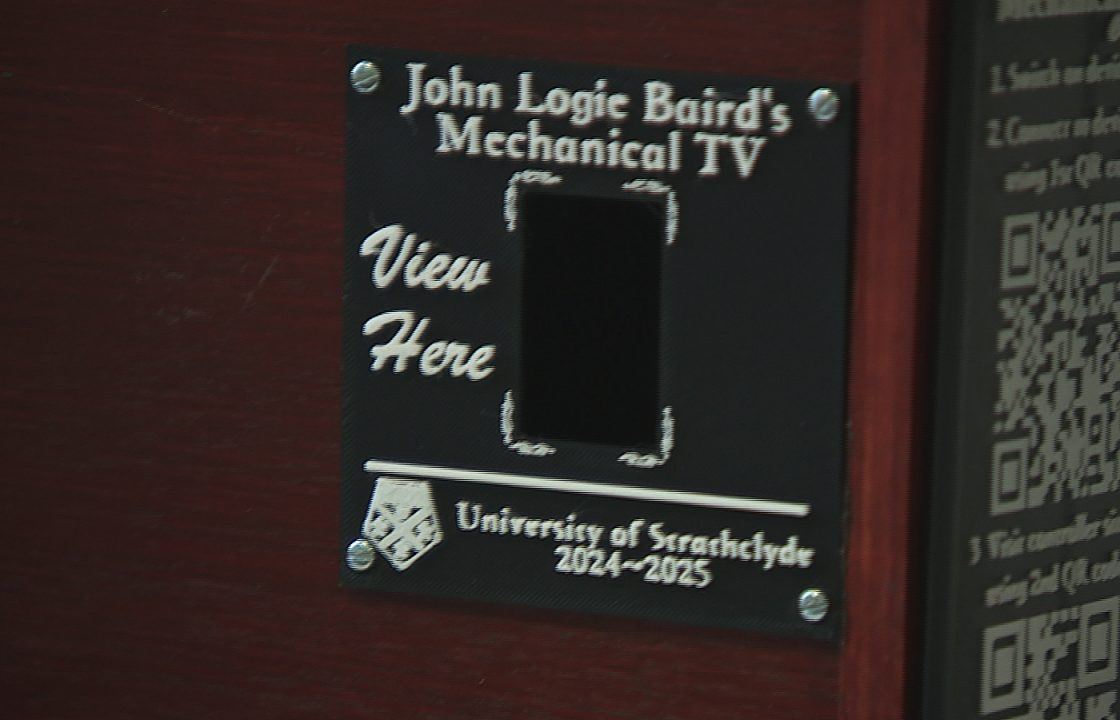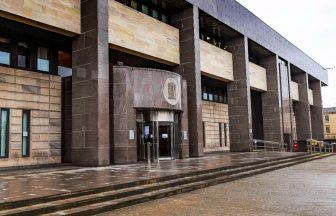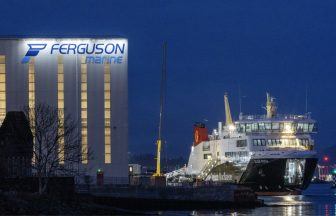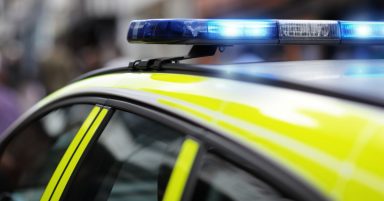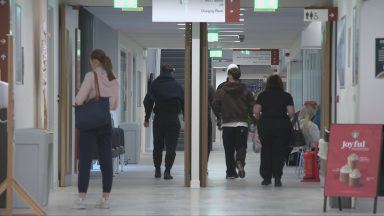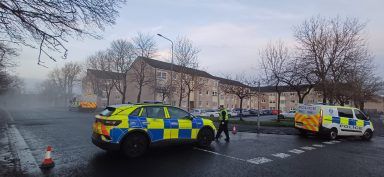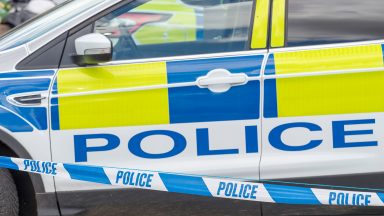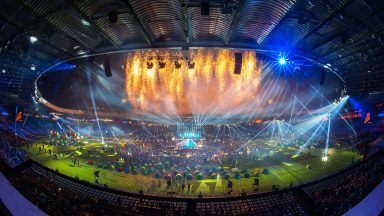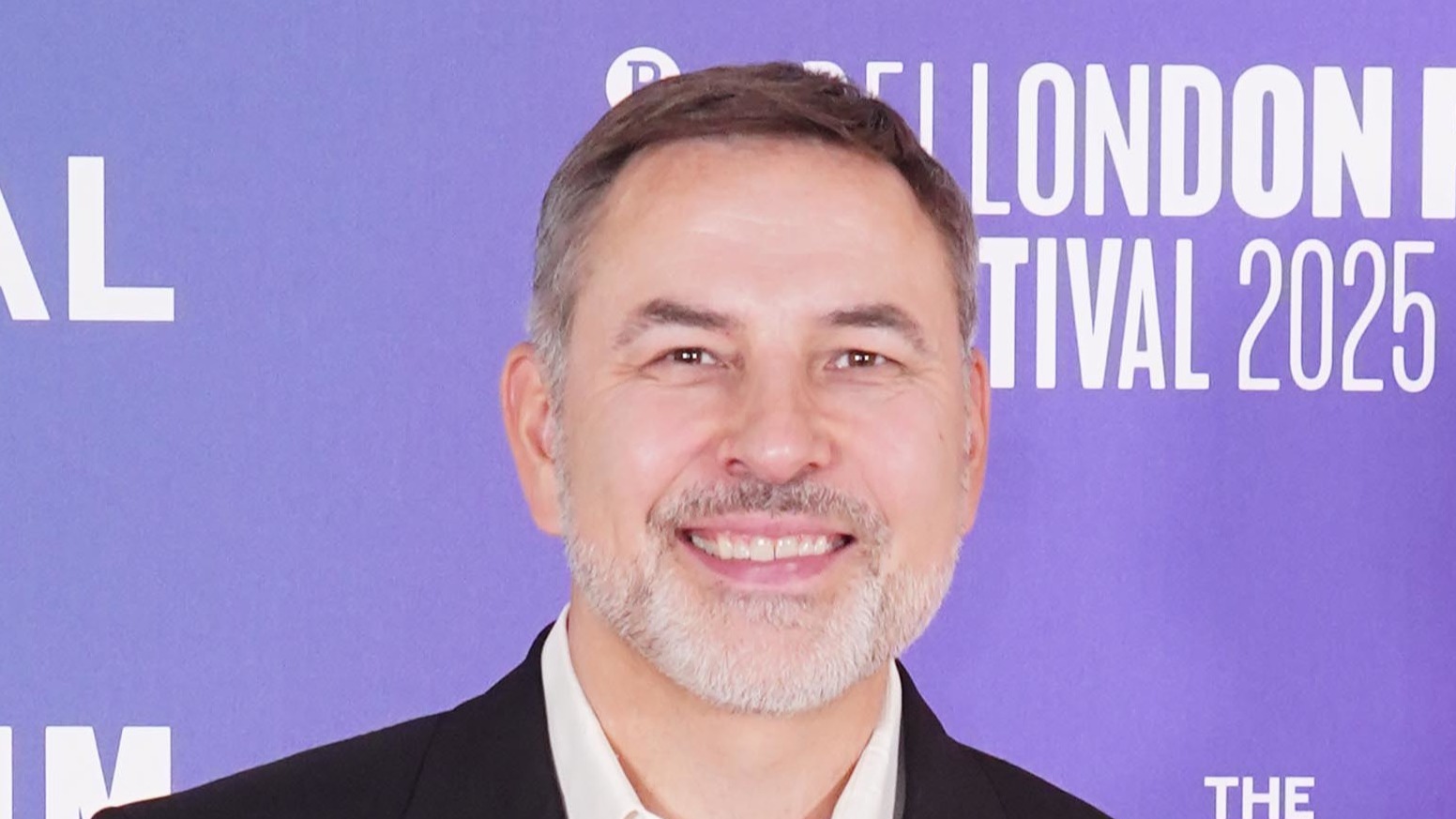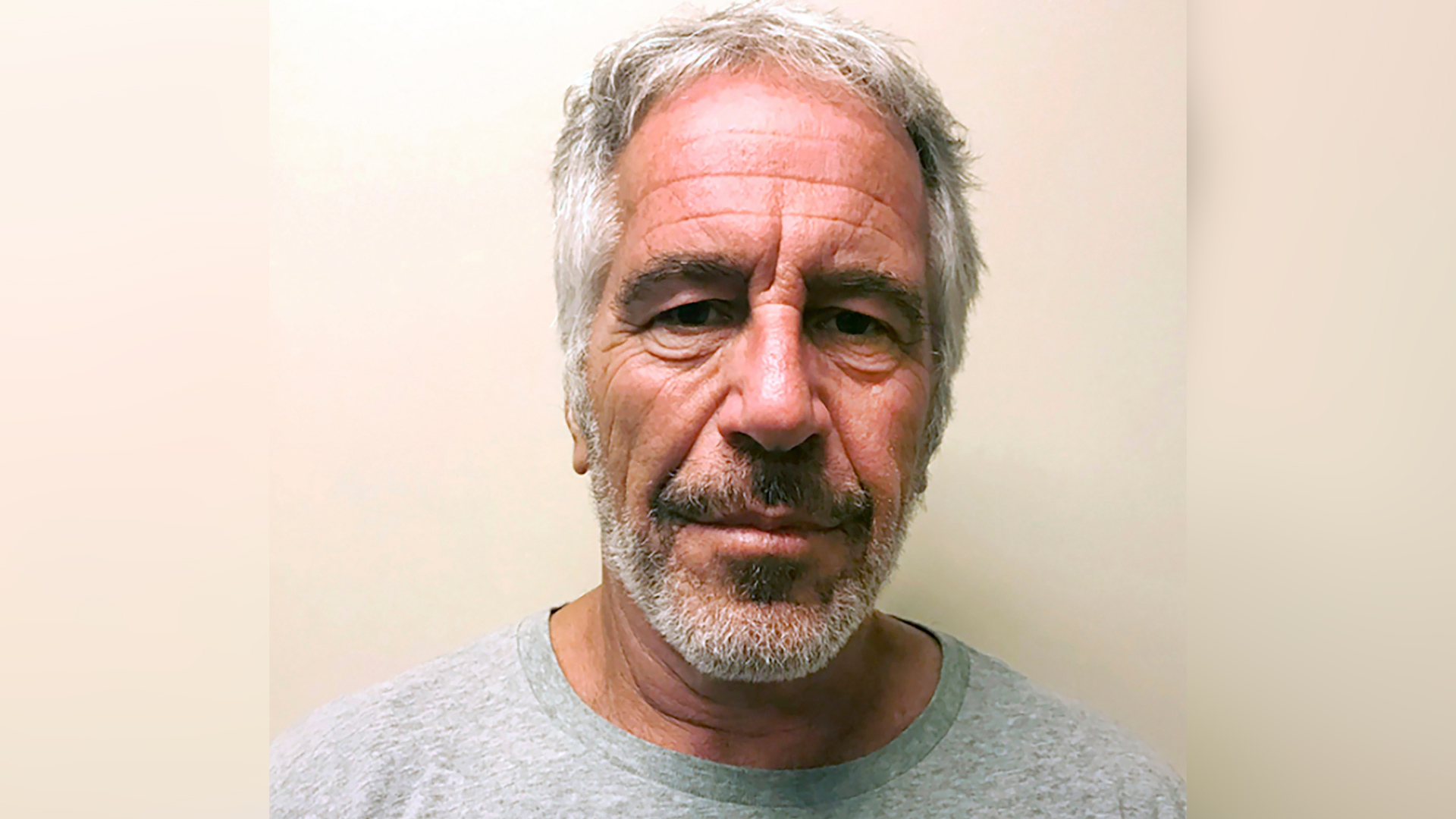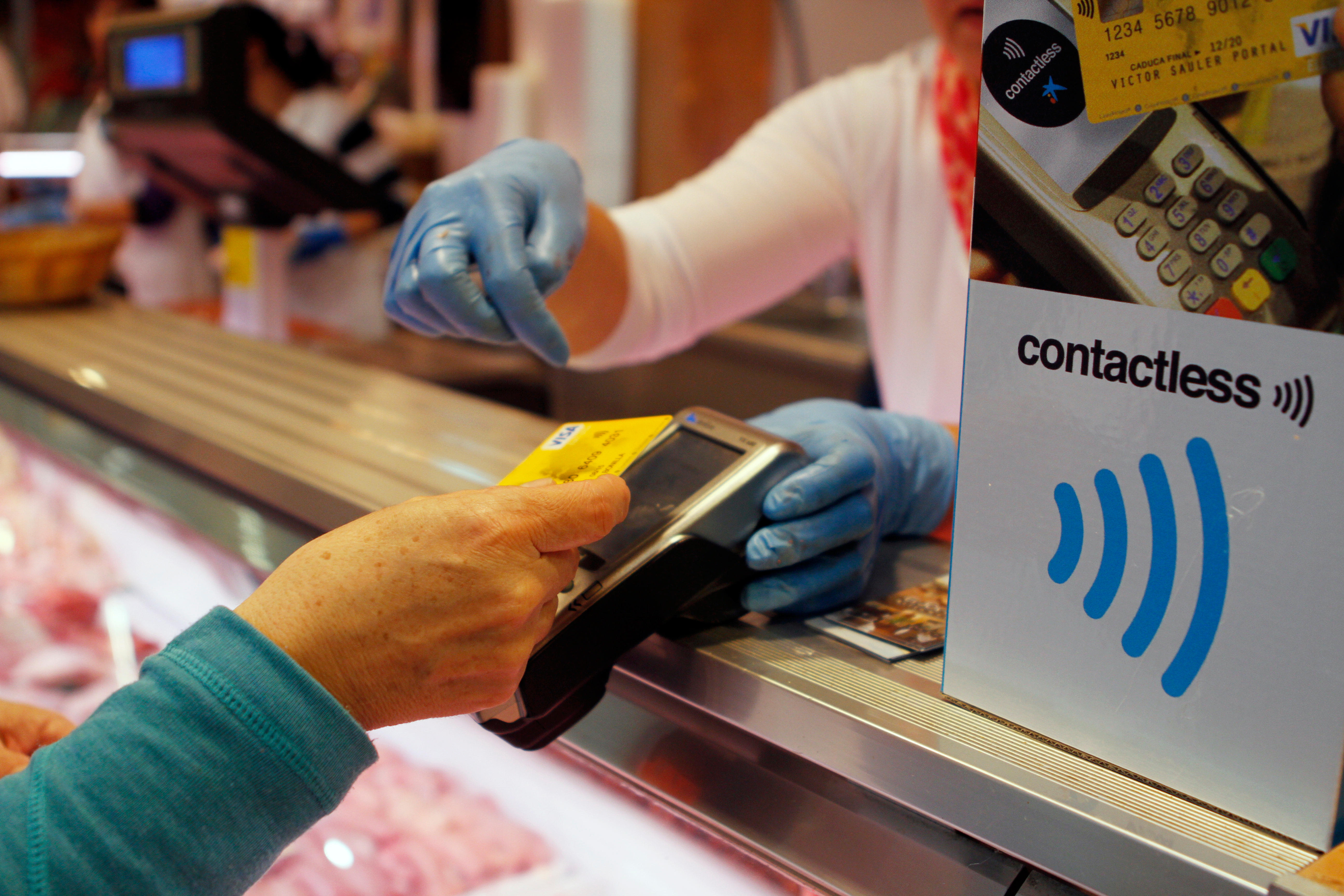A team of students have reconstructed a working version of famed Scots inventor John Logie Baird’s original mechanical television.
Born in Argyll in 1888, Baird gained worldwide fame as the first person to televise moving pictures in 1926.
The centenary of his invention will be marked on October 2, when Baird first transmitted an image in his laboratory.
The first public demonstration happened in 1926 when images of Stooky Bill, the head of a ventriloquist’s dummy created by the inventor, were the first successfully transmitted by television.
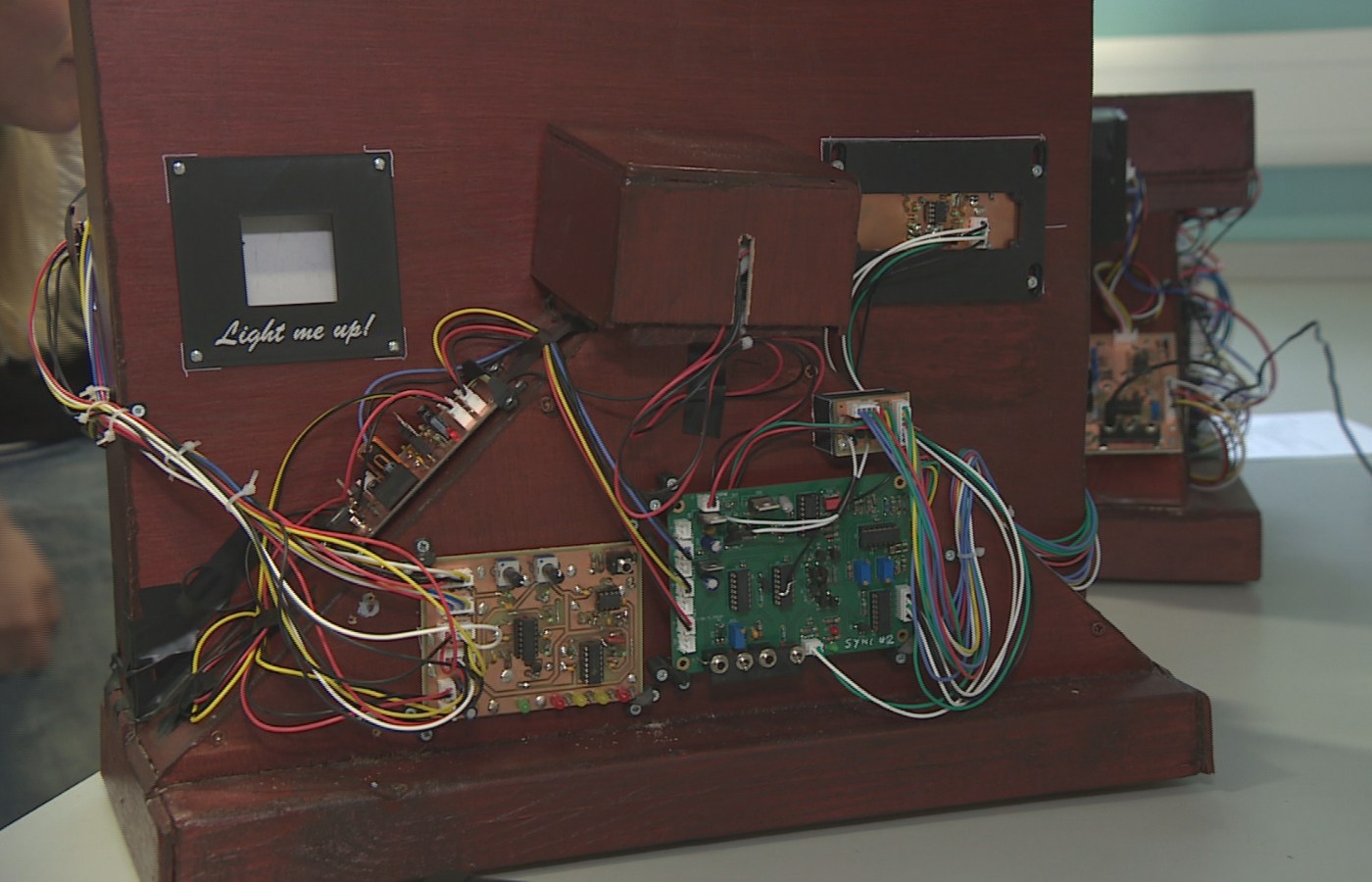 STV News
STV NewsBaird was a student of Strathclyde’s predecessor institution, the Glasgow and West of Scotland Technical College, and now, 100 years later, Strathclyde students have reconstructed his groundbreaking invention.
Molly Barry, Guy Horne, Angus Milligan, Lewis Gibney, and Jade Graham, from the Electronic and Electrical Engineering, Electrical and Mechanical Engineering, and Computer and Electronic Systems programmes at the University, created the replica project.
Speaking on the project, Ms Graham said: “It was important to me that the project has a use after our assignment and it’s nice that it will be used for outreach work.”
Guy Horn added: “It was a great project to do, especially with the 100th anniversary coming up, and it was one we were able to be very hands on with.”
The team of final-year students recreated the televisor system over nine months using the same principles underpinning the historic invention, but with a digital twist.
 STV News
STV NewsIn addition to reconstructing the TV, the team produced an interactive demonstration that allowed users to send images from their mobile phones, which were then converted and displayed on the television.
One of the engineers explained to STV News how they managed to bring the invention back to life.
How was the first-ever TV recreated?
The mechanical television recreation was designed to follow key characteristics of Baird’s prototypes, including the utilisation of spinning nipkow disks for image encoding and decoding.
It was found that many historic components, like fluorescent bulbs, used by Baird, weren’t available, and modern counterparts, like LEDs, were instead used.
Molly Barry explained that the device comprises a recorder and a television or display that synchronises a signal sent from the recorder to the display.
“It’s centred around a disk with a spiral pattern, which, when a light shines through and rotates very quickly, can reform and recreate an image in real time,” she said.
“We also added a digital aspect to allow a user to send an image directly from a phone or any other device to be displayed on the TV.”
Molly Barry said: “The further into the work we got, the more we noticed the plaques and posters on John Logie Baird across the campus and the sense of the history of it sank in.”
Professor Graeme West, from the department of Electronic and Electrical Engineering who oversees the Mechanical Engineering group projects, said: “It is fantastic to see how John Logie Baird’s original innovation is being brought to the new generation of engineers and scientists through this interactive recreation of the mechanical televisor.
“Outreach demonstrators such as this are a great way of explaining the fundamental principles that underpin the technology we use on a daily basis, inspiring school pupils to take up careers in STEM-related fields.”
Follow STV News on WhatsApp
Scan the QR code on your mobile device for all the latest news from around the country


